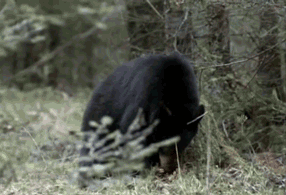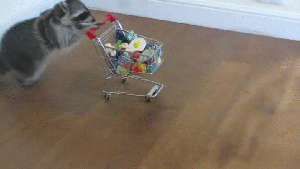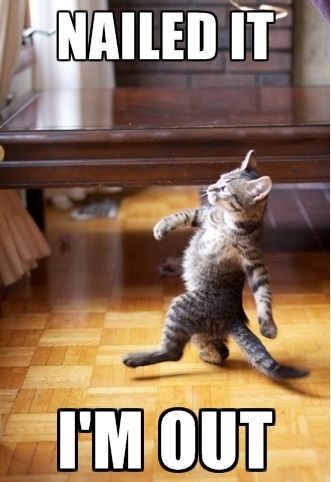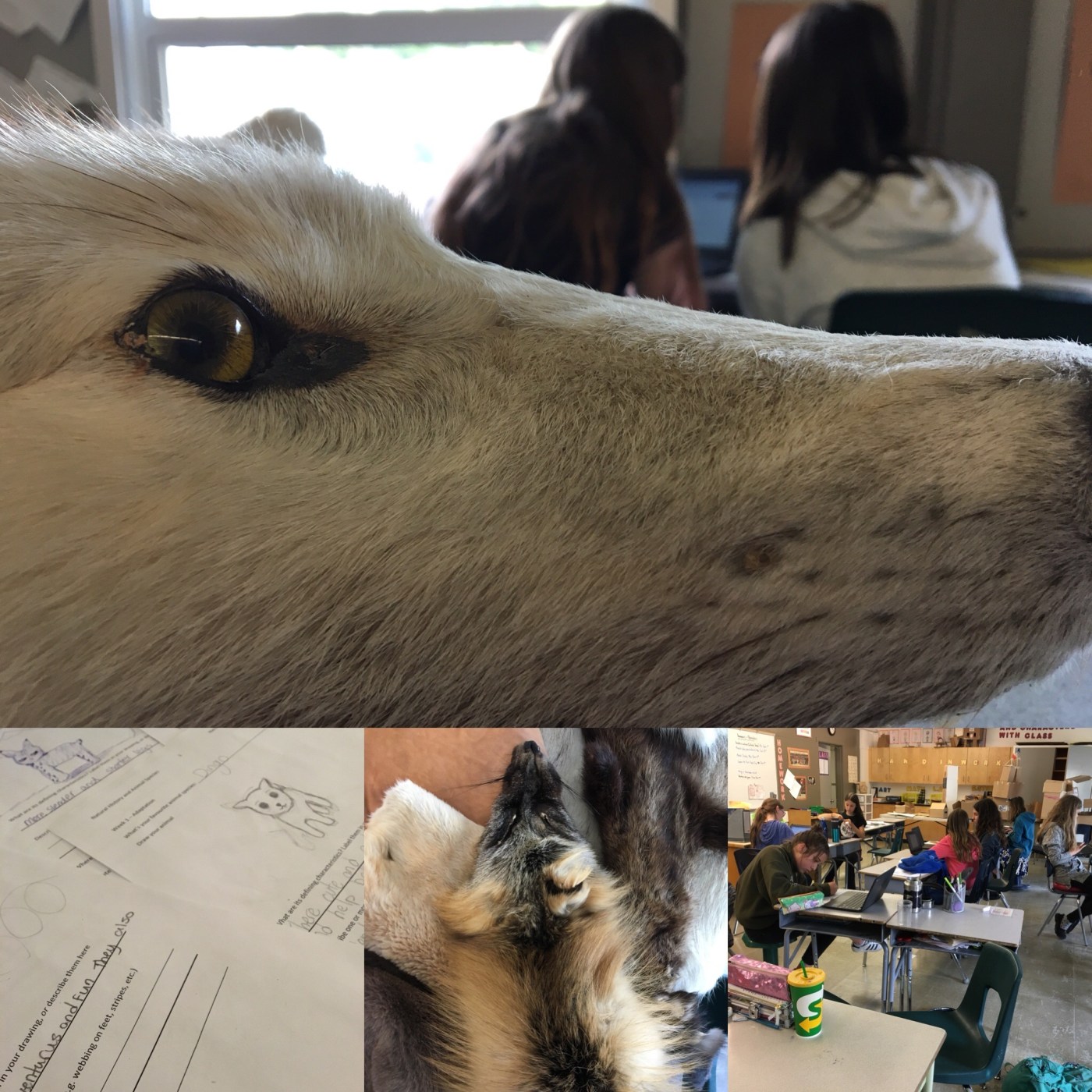 Back in December, I gave a lecture to a group of local middle schoolers on conservation. It was a great experience and the kids were really curious about the subject, and had lots of great questions. But one student asked me a question that really stood out,
Back in December, I gave a lecture to a group of local middle schoolers on conservation. It was a great experience and the kids were really curious about the subject, and had lots of great questions. But one student asked me a question that really stood out,
Why should it matter to me about that endangered plant on the other side of the globe?
That is truly the crux of all conservation issues. Why does it matter if that species goes extinct?

There’s a few ways of looking at it. Firstly, there’s the ecological perspective, the complex relationships of a species with its environment. A plant can be an important food source for pollinators, and if the pollinator is specialized to co-exist with that plant, it becomes a death knell for that pollinator too. A good example is how dependent the yucca moth is on the yucca – if anything happens to one, the other is also going to be driven to extinction. Some herbivores may rely on a specific plant for food, like the koala needs eucalyptus. There may be mycorrhizal fungi or soil bacteria that rely on partnerships with that plant species. The loss of a species can destabilize and change the whole ecosystem. The extirpation of sea otters from the Pacific coast is a great example of this; the population of their favourite food source, urchins, exploded without the otters to keep their numbers down. Urchins, in turn, ate the kelp forests—which provides food and shelter to many marine organisms—out of existence, creating urchin barrens. We don’t necessarily know the impact that the loss of any one species will have on the ecosystem they are part of, but once the species is gone, there is the potential for a cascading effect throughout the entire community. Like a domino effect. Or more like falling over a log.
Another way of looking at this is in terms of human benefit—or really, the potential to benefit humans. Many medicines are harvested from nature, from pain killers through to cancer treatments. If a species is extinct, its potential to help us is lost forever. Similarly, the economic cost to replacing ecosystem services can be steep. Just imagine what the cost would be if we had a loss of pollinators, like neonicotinoid pesticides are doing to bees! We would need to pay for labourers to hand pollinate our crops, which would increase the cost of food production drastically. My grocery bill is aching just thinking about it!
The final way of thinking about this is in terms of ethics and philosophy. What is the intrinsic value of other organisms? Is their value only measured by how they can serve us, or do they have a value in their sheer existence? There is beauty in the coloured scales of a butterfly’s wing, in the glint of sunlight off a lion’s fur, in the petals of a flower. It’s free art all around us, and spending time outdoors enjoying the natural world has been shown to increase our mood, health, and overall quality of life. It’s an intangible benefit, but no less important than our physical needs.

When I was talking to that class in December, I tried to explain these different perspectives and I think I gave an answer that satisfied that student’s initial question—she did thank me on her way out of the classroom and said she hadn’t thought about it that way before.

But now I’m approaching teaching from a slightly different perspective. Through my own kids, I’ve noticed that what they are learning about in terms of biology is what. What is the structure of a cell? What is the function of the reproductive system? It’s all very focused on the what, but it never touches on the why. And so, with the group of kids I’m currently teaching I’m trying to get them to think about the whys. I’m hoping that maybe this broader perspective may help them find the connection to why conservation really does matter to them, individually. Biodiversity day, really is every day.


Very good article Alina and GOOD on you for teaching this subject to our future custodians of our planet!!
LikeLike